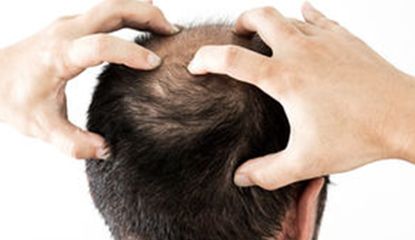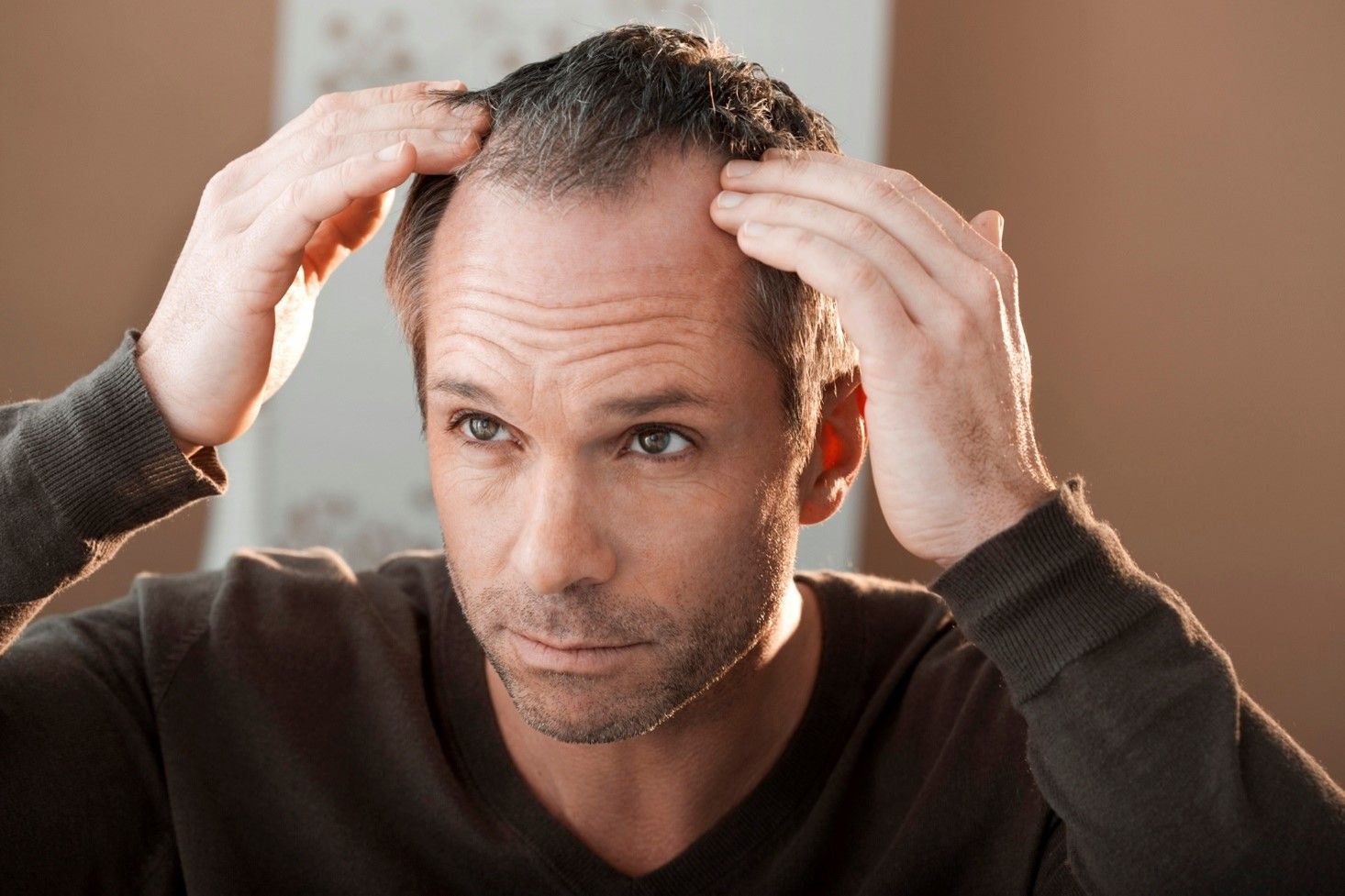Male Hair Transplant
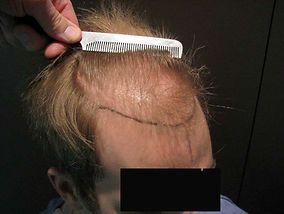
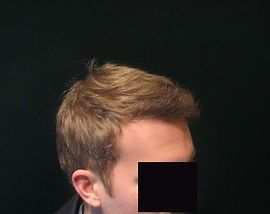
for more photos
Effective Male Hair Transplant in Toronto
Male pattern baldness is a common concern with men across the world. Suffering from it can be a blow to your self-esteem and affect how you function in all facets of your life, from your career to your social engagements. At Dr Paul Cotterill, we can provide you with a safe and effective male hair transplant in Toronto, which is a long-term solution to male pattern baldness.
Dr. Paul has over 35 years of experience in addressing hair loss and hair thinning. He follows a trusted procedure that involves surgical transplantation of hair follicles from a donor site to the areas of your scalp that are balding or thinning. He strives to provide a personalized approach to every client who approaches him. This involves assessing factors such as your medical history, the causes of your hair loss and more.
When you walk through our doors, you can expect a warm and welcoming environment. Contact us if you are seeking male pattern baldness solutions in Toronto. Besides this, we also provide PRP therapy.
Male Pattern Baldness
If your hairline is receding or your crown is thinning, it can be a sign of male pattern baldness. It affects most men at some stage in their lives and can lead to a receding hairline and a thinning crown. One of the common causes of baldness is a condition known as androgenetic alopecia otherwise known as male pattern balding.
Male pattern baldness often follows a predictable pattern and includes the following:
- Hair starts to thin on top and around the temples
- Hair starts to recede from the front of the hairline

Hair Transplant Basics and Methods
A hair transplant is a cosmetic surgery that involves removing hair follicles from a donor site, typically the back or sides of the scalp, and transplanting them into the balding or thinning areas of the scalp. The transplanted hair follicles will continue to grow in their new location, producing natural-looking hair.
There are two main types of hair transplant methods: Follicular Unit Transplantation (FUT) and Follicular Unit Extraction (FUE).
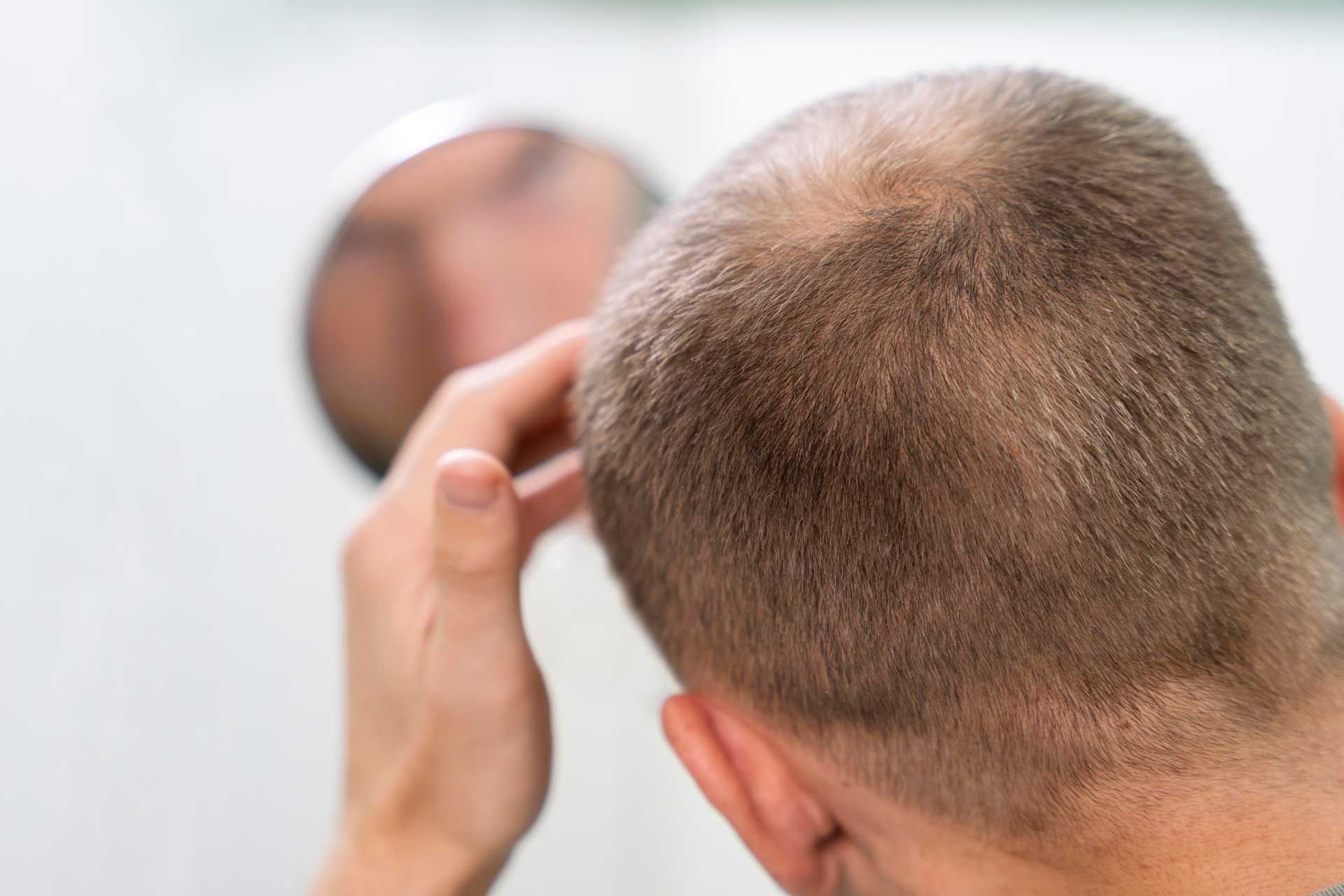
FUT Method
The
FUT method involves removing a strip of hair from the donor site and then, using microscopes, dissecting it into individual hair follicles. These follicles are then transplanted into the recipient site. This method is ideal for patients who require a large number of hair follicles.
Dr. Paul has over 35 years of experience in this field.
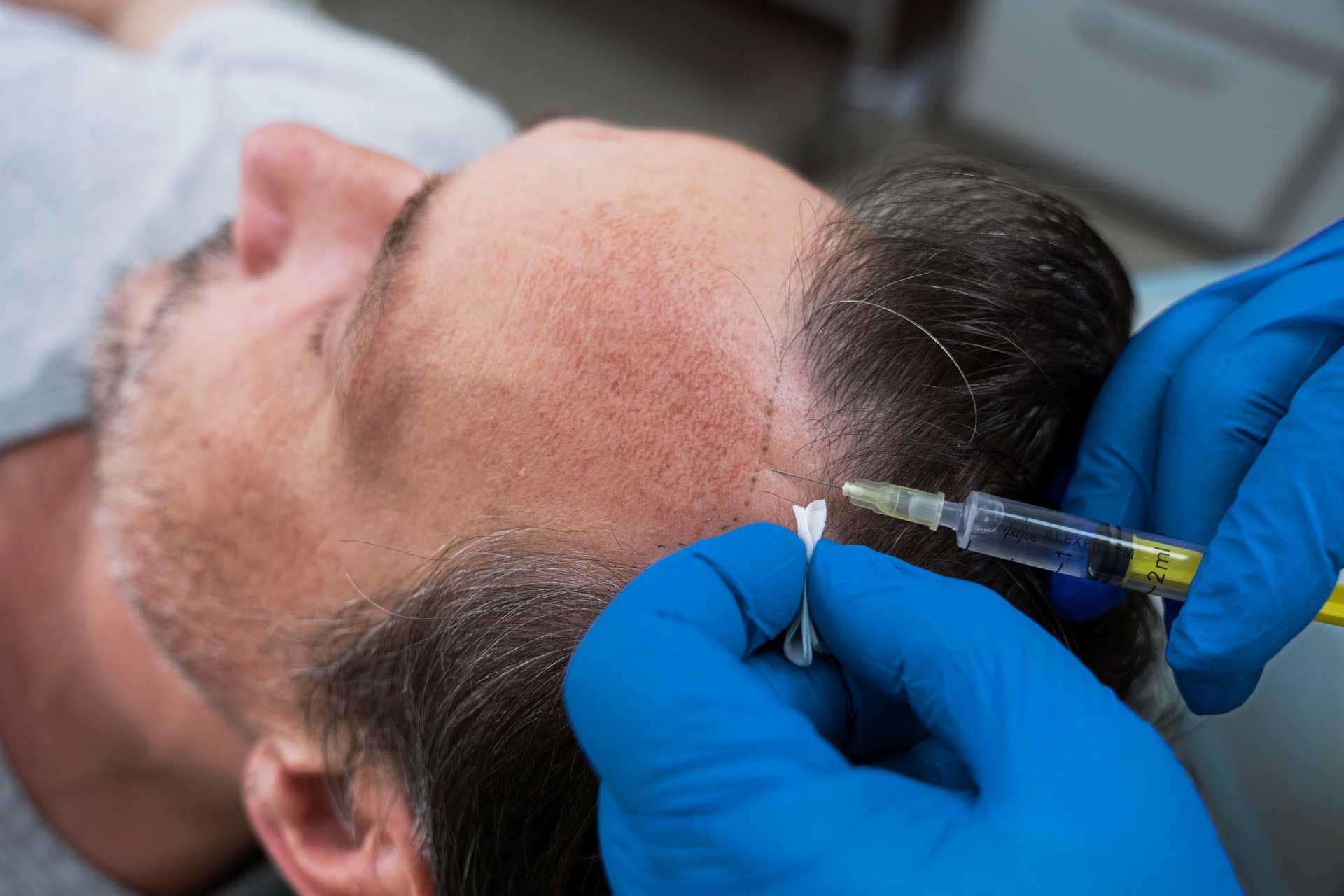
FUE Method
The FUE method involves shaving the back of the head and then extracting individual hair follicles directly from the donor site. The follicles are then transplanted into the recipient site. Dr Cotterill can decide which method is best, FUT or FUE, for each individual patient.
Recovery and Aftercare
It is important to note that adequate maintenance, healing and recovery in the weeks following your surgery can significantly impact the procedure's overall outcome. Recovery consists in taking excellent care of tiny hair graft sites and preventing damage or infection to these sites, which is crucial in the immediate healing and post-procedure phase. Here are some post-surgery tips to follow:
- Minor swelling and skin sensitivity of the scalp are expected within the first few days after a hair transplant surgery. Keep an eye out for rashes or redness, and call us in case of any concerns.
- During the first week to 10 days, it is normal to experience mild discomfort and tightness on the scalp.
- When showering, do not let the jets touch the grafted area.
- Do not rub, pick, or scratch your scalp, as this may dislodge the hair follicles.
- Let your scalp with the transplanted grafts dry naturally. Do not pat dry or comb the hair in this area.
- Regularly attend follow-up visits as scheduled with Dr Paul Cotterill's clinic.
- Avoid strenuous and high-impact sports like swimming, and hockey, wearing helmets or knit hats for the first 10-12 days.
- Rest as much as possible in the first few days after your hair transplant. Adequate rest will help speed up your recovery.
Dr Paul Cotterill will provide detailed post-surgical instructions following your hair transplant procedure.
Further reading: How Long Does It Take for Hair to Grow After a Hair Transplant?
Who Makes a Good Candidate for Male Hair Transplant?
A variety of factors can affect the success of the procedure. Before deciding on a hair transplant in Toronto, consider the following:
Hair Colour
The colour of your hair plays a big role in the success of a hair transplant, especially how your hair colour relates to the underlying skin colour. The less contrast there is between the two, the thicker the end result can appear. When hair and scalp colour are more similar, the areas blend together, meaning fewer transplants may be required to achieve good coverage.
Hair Thickness & Shape
The appearance of baldness, particularly in areas where hair is already thinning, is caused by light penetrating past the hair and reflecting off the scalp. The thicker your hair, the more likely it is to block the light and reduce the appearance of baldness. Curly or wavy hair also allows for better coverage. Thicker, wavy hair makes for the best candidates as fewer transplants will be required.
Skin Conditions/Alopecia
It is important that your scalp is healthy and you do not suffer from any dermatological conditions. Men with diffuse unpatterned alopecia also do not make good candidates as they have too much-generalized scalp hair thinning and an insufficient donor hair supply. A hair transplant would be a waste of time and money for these individuals. Therefore, the individual scalp needs to be assessed to ensure a men's hair transplant is appropriate for you.
Get in touch with us to know how Dr Paul Cotterill’s hair loss clinic in Toronto can help you.
Further reading:
Who Is a Good Candidate for a Hair Transplant?
Causes of Hair Loss in Men
Baldness refers to excessive hair loss from your scalp. There are several factors that can lead to the loss of hair in men. It can be heredity or the result of hormonal changes, medical conditions or natural ageing. Some common causes of male hair loss are:
If you’d like to know more about the many possible causes of hair loss in men, please read our blog. Call Dr Paul Cotterill for more information or to book your consultation today!
- Genetics: If your family has a history of hair loss, you are more likely to follow the same course as well.
- Medical Conditions: If you have medical issues such as heart disease, high blood pressure, diabetes and obesity, it could result in premature or excessive hair loss.
- Medications: Certain medications used to treat arthritis, depression, high blood pressure, and heart problems can also cause baldness.
- Stress: Emotional or physical stress can trigger hair thinning
- Scalp Disorders: Conditions such as ringworm, fungal infection, psoriasis and seborrheic dermatitis on the scalp can cause hair thinning.
Further reading:
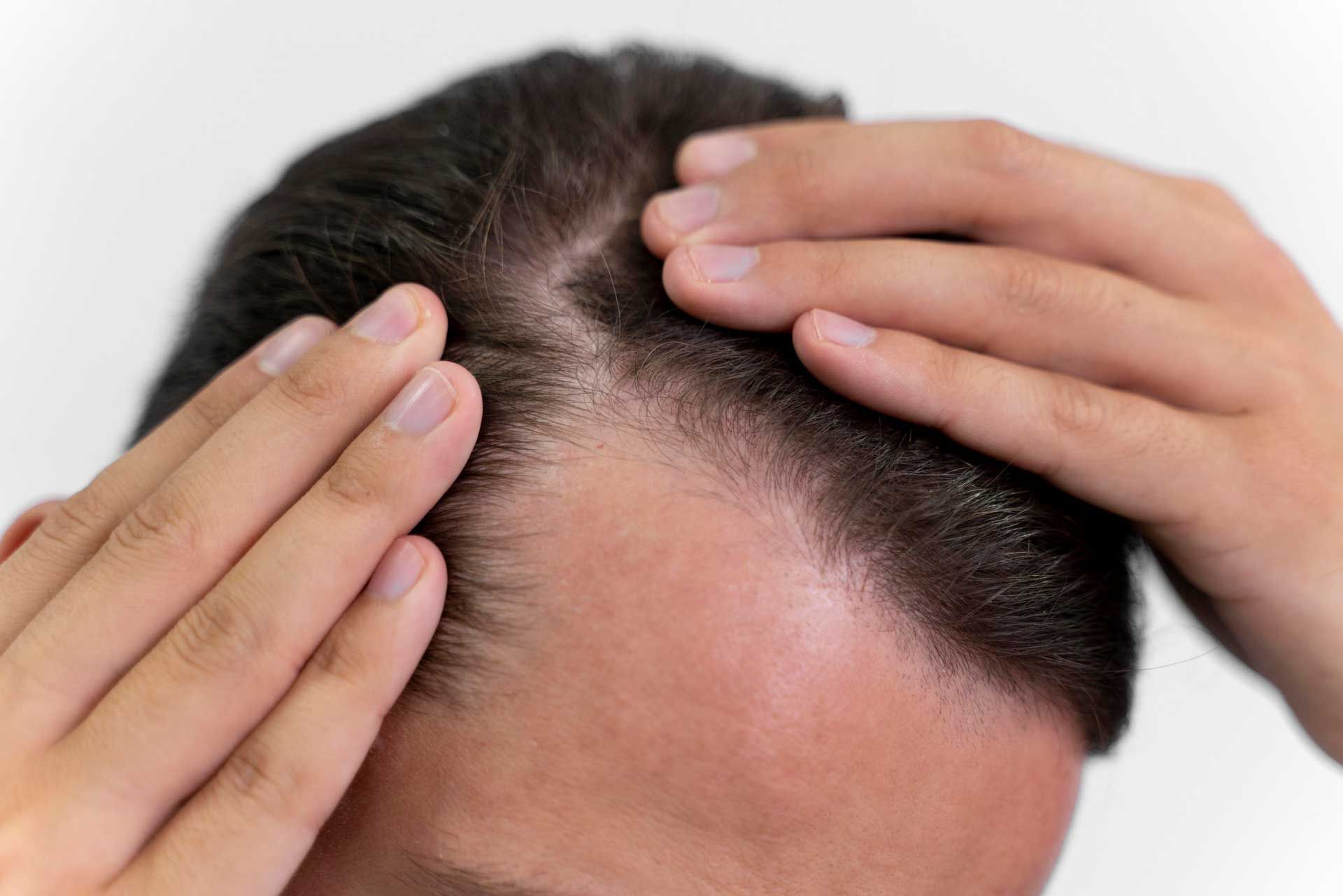
Benefits of Male Hair Transplant
Baldness and thinning hair can make us feel self-conscious and insecure and can also make us appear older. Hair transplants are a great solution to restore your lost hair. A hair transplant helps to cover up bald areas with your own hair, seamlessly blends with your natural hair and can last you a lifetime with good care.
Hair transplant works like your natural hair meaning that you won’t require any special shampoos to maintain its density.
Take a look at our
patients’ results and find answers to some common questions about hair loss and hair restoration treatments in our
FAQs section.
What Do You Want Your Post-Transplant Appearance to Be
Do you have a hairstyle you used to sport before your hair started to thin? Is there a new hairstyle you would like to try after getting a hair transplant? Be sure to bring up all of your concerns during your pre-transplant consultations. Dr Paul Cotterill can let you know the scope of possibilities after your transplant procedure. Your post-transplant appearance depends on several factors, including the extent of your hair loss, the likelihood of hair loss continuing and the amount and quality of donor hair available for grafting. If you are set on a particular hair look, be sure to talk to Dr Paul Cotterill about it at your appointment.


Book a Consultation for Today
At the office of Dr Paul C. Cotterill, we will get to know you through a thorough consultation. . We encourage you to ask questions you may have during your appointment. We can also discuss costs and the number of sessions needed for your hair transplant. Dr Paul Cotterill will perform all surgical aspects of the procedure himself with the assistance of an excellent medical team.


